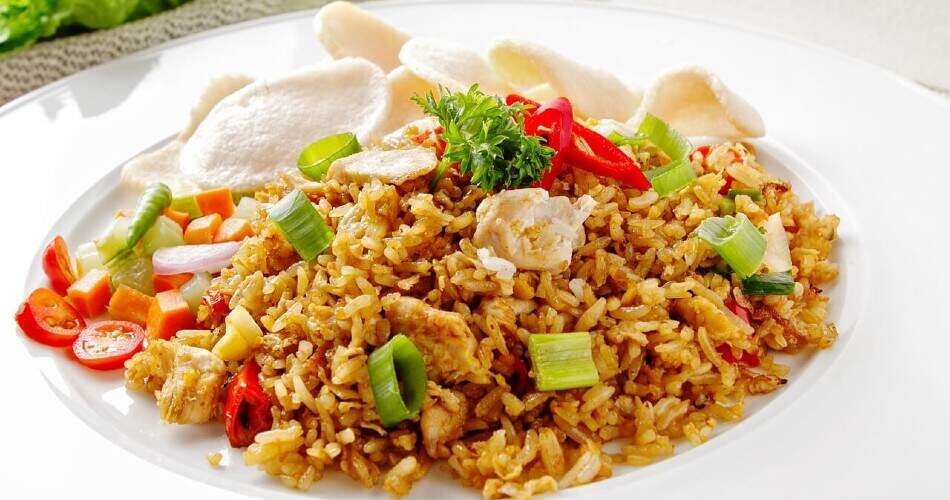Estimated reading time: 3 minutes
Rice is a healthy and nutritious cereal and has qualities that make it ideal in any type of diet or nutritional requirement.
Here are 25 facts about rice that you should be aware of:
1. Rice is a type of cereal such as wheat or oats.
2. Rice is the seed harvested from the long grass-like stalk of the Oryza sativa (Asian rice) or Oryza glaberrima (African rice) plant.
3. It is the most consumed staple food for a large part of the world’s human population, especially in Asia.
4. Rice is grown on every continent on earth except Antarctica.
5. It is the world’s third largest crop after sugar cane and maize.
6. Chinese legends attribute the domestication of rice to Shennong, the legendary emperor of China and the inventor of Chinese agriculture.
7. From East Asia, rice spread to southern and southeastern Asia. Rice was introduced to Europe via West Asia and to the Americas through European colonization.
8. There are said to be more than 40,000 varieties of cultivated rice (the grass species Oryza sativa). However, the exact figure is uncertain.
9. African rice has been cultivated for 3500 years. There are also varieties of African rice.
10. Although its parent species originated in Asia and parts of Africa, centuries of trade and export have made it common in many cultures around the world.
11. The rice plant can grow to 1-1.8 m tall, sometimes more depending on soil variety and fertility.
12. Brown rice is whole grain rice with the inedible outer husk removed; white rice is the same type of grain with the same husk, bran layer and grain germ removed. Red rice, golden rice, black rice, and purple rice are all whole grains but with differently pigmented outer husks.
13. Rice cultivation is well suited to countries and regions with low labor costs and high rainfall, as it is labor intensive and water intensive.
14. However, rice can be grown virtually anywhere, on a steep hill or in mountainous areas, using water-controlled systems.
15. Cultivation methods differ greatly in different localities, but in most Asian countries traditional methods of growing and harvesting rice are still practiced.
16. Rice production in 2016 was 472.04 million tones. The three largest rice producers in 2016 were China (145 million tones), India (106 million tones) and Indonesia (41 million tones).
17. Asia alone produces and consumes more than 90% of the world’s rice.
18. Rice provides 20% of the world’s food energy, while wheat provides 19% and maize 5%.
19. Nutrients provided by rice include carbohydrates, B vitamins (e.g. thiamin, riboflavin, niacin, and folic acid), iron, zinc, magnesium, and other components such as fiber.
20. Rice has no sodium or cholesterol and little fat. Rice does not contain gluten.
21. The health benefits of rice include its ability to provide quick and instant energy, regulate and improve bowel movements, stabilize blood sugar levels and slow down the ageing process, while providing an essential source of vitamin B1 to the human body. Other benefits include: its ability to boost skin health, increase metabolism, aid digestion, reduce high blood pressure, help with weight loss, improve the immune system, and provide protection against dysentery, cancer and heart disease.
22. The nutritional value of rice depends on the variety and method of cooking.
23. Rice varieties are usually classified as long, medium and short. Long-grain rice tends to remain intact after cooking; medium-grain rice becomes stickier. For sushi, rice with the right grain is used. Short-grain rice is often used for pudding.
24. First used in English in the mid-13th century, the term “rice” comes from the Old French “ris” which comes from the Italian “riso”, in turn from the Latin “oriza”, derived from the Greek “ὄρυζα” (oruza).
25. Rice is a symbol of life and fertility, which is why rice was and is traditionally thrown at weddings.
If you want to find out about tapioca, check out our article on this topic: 9 benefits of tapioca.
[Photo from Pixabay]
